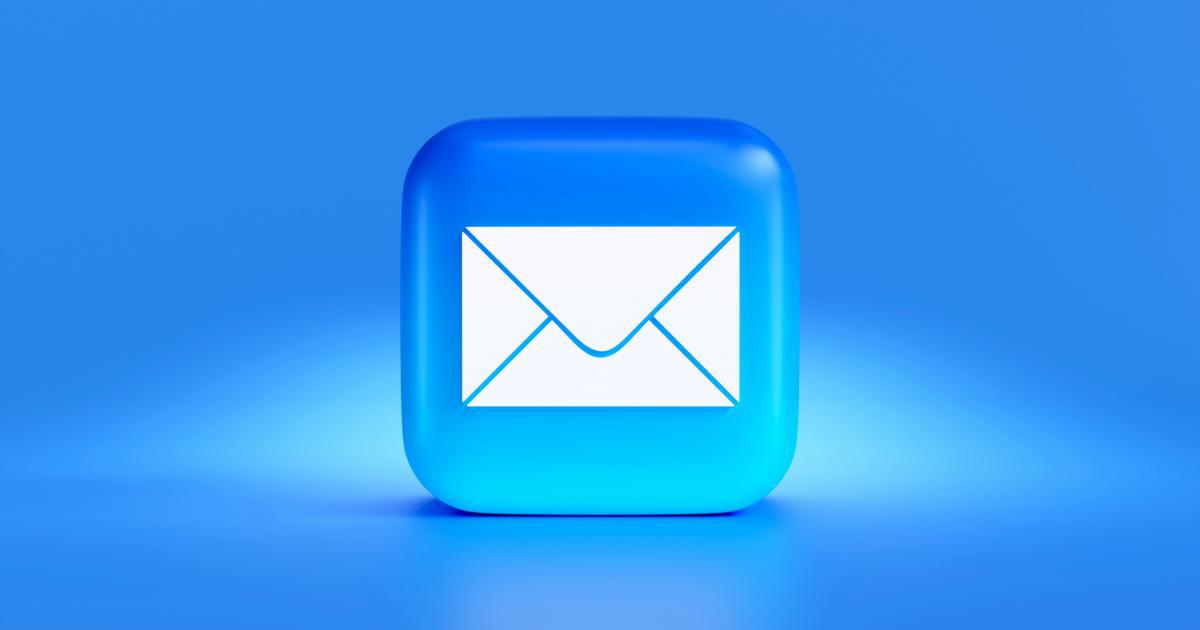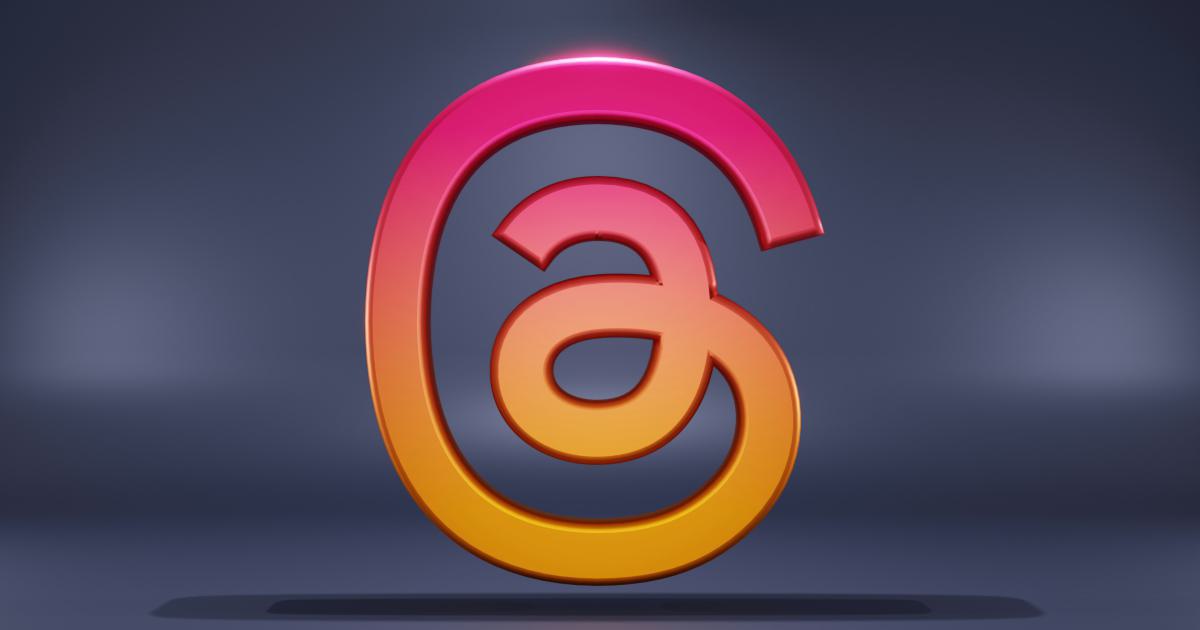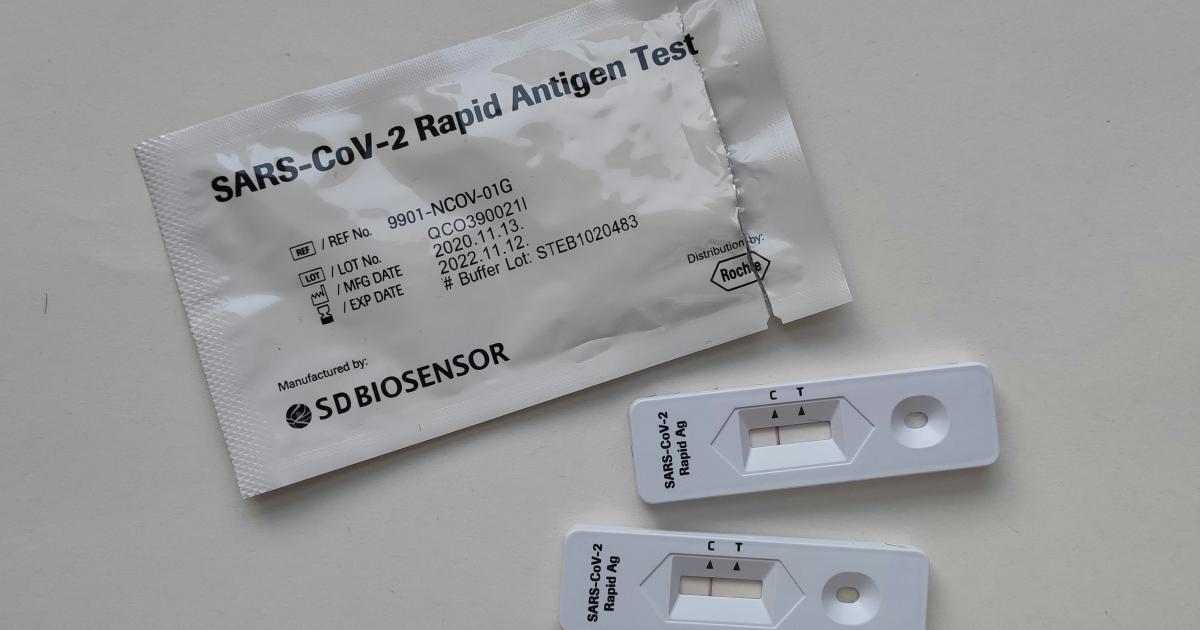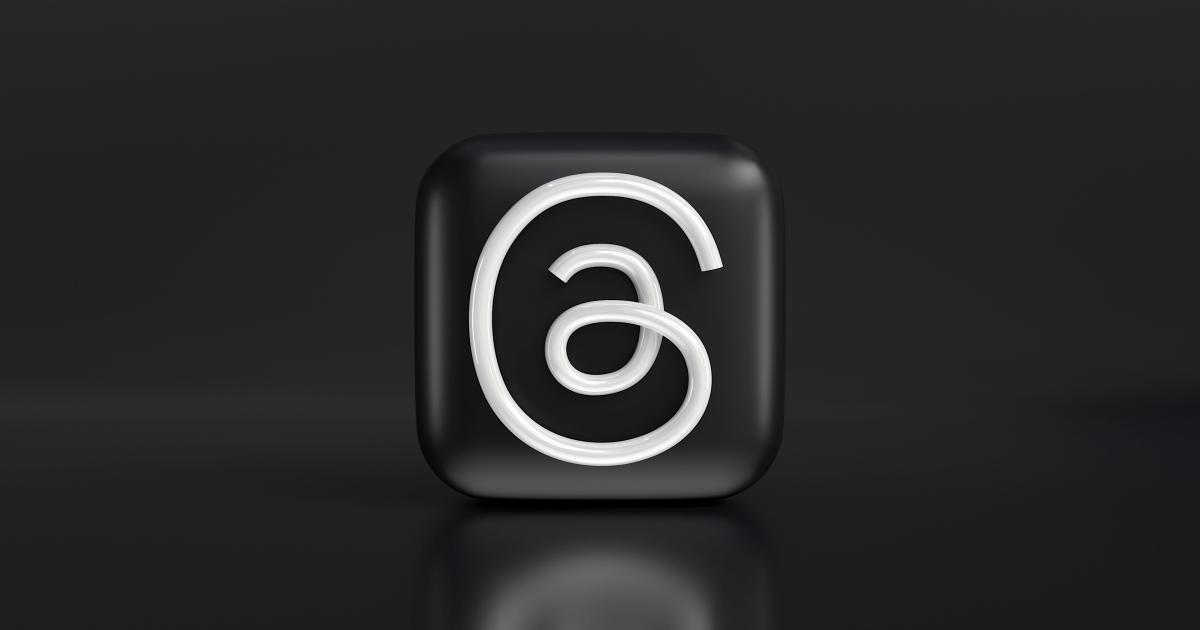The Beginner's Guide to A/B Testing Email Campaigns


Understanding A/B Testing for Email Campaigns
A/B testing, also known as split testing, is a powerful technique used in email marketing to compare and optimize the performance of different elements within an email campaign. By creating two (or more) variations of an email and sending them to segments of your audience, you can gather data on which version performs better and make data-driven decisions to improve the overall effectiveness of your email marketing efforts.
A/B testing allows you to experiment with various aspects of your email campaigns, such as subject lines, email content, calls-to-action (CTAs), send times, and more. By measuring the results of these experiments, you can gradually refine your email marketing strategy, increase engagement, and ultimately drive better outcomes for your business.

The Benefits of A/B Testing Email Campaigns
Implementing A/B testing in your email marketing strategy can bring numerous benefits to your business, including:
Increased Engagement: By testing different elements of your emails, you can identify what resonates best with your audience, leading to higher open rates, click-through rates, and overall engagement.
Improved Conversion Rates: Optimizing your emails through A/B testing can result in more subscribers taking the desired action, whether it's clicking a link, making a purchase, or signing up for a service.
Reduced Costs: By identifying the most effective email elements, you can avoid wasting resources on ineffective campaigns, ultimately reducing your marketing costs and improving your return on investment (ROI).
Deeper Customer Insights: A/B testing enables you to gain valuable insights into your audience's preferences and behavior, helping you better understand their needs and tailor your email marketing accordingly.
Competitive Advantage: Continuously testing and optimizing your email campaigns can give you a competitive edge, as you'll be able to outperform your competitors in terms of email effectiveness and customer engagement.
The A/B Testing Process
Conducting effective A/B testing for your email campaigns involves the following steps:
Define Your Objectives: Clearly identify the goal(s) you want to achieve with your A/B testing, such as improving open rates, increasing click-through rates, or boosting conversions.
Identify the Elements to Test: Determine which email elements you want to test, such as subject lines, email copy, images, CTAs, or send times.
Create Your Test Variations: Develop two (or more) distinct variations of the email element you want to test, ensuring that the differences are clear and measurable.
Determine Your Testing Methodology: Decide on the testing method, such as A/B testing (comparing two variations) or multivariate testing (comparing multiple variations).
Establish Your Sample Size and Significance: Determine the appropriate sample size for your test and the statistical significance level you'll use to evaluate the results.
Analyze and Interpret the Results: Carefully analyze the performance data of your test variations and draw conclusions about which version performed better.
Implement the Winning Variation: Implement the winning variation in your email campaign and continue to test and optimize over time.
By following this structured approach, you can ensure that your A/B testing efforts are effective and lead to meaningful improvements in your email marketing performance.

Choosing the Right Elements to Test
When it comes to A/B testing your email campaigns, there are numerous elements you can experiment with to optimize your results. Here are some of the most common and impactful elements to consider:
Subject Lines
The subject line is often the first (and sometimes only) thing a recipient sees before deciding whether to open your email. Testing different subject line variations can have a significant impact on your open rates.
Some factors to consider when testing subject lines include:
- Length
- Tone (e.g., casual, formal, urgent)
- Personalization (e.g., using the recipient's name)
- Emojis
- Mention of special offers or discounts

Email Content
The content of your email, including the copy, layout, and visual elements, can greatly influence your audience's engagement and conversion rates. Test different variations of your email content, such as:
- Headline and subheadings
- Body copy length and structure
- Use of images, videos, or other media
- Placement and design of CTAs
- Tone and language

Calls-to-Action (CTAs)
Your CTAs are the primary drivers of conversions within your email campaigns. Test different CTA elements, such as:
- Button text and design
- Placement within the email
- Number of CTAs
- Urgency or scarcity language

Send Times
The timing of your email sends can have a significant impact on open and click-through rates. Test different send times to determine the optimal schedule for your audience, such as:
- Day of the week
- Time of day
- Frequency of sends

Personalization
Personalized elements in your emails, such as the recipient's name or location, can help improve engagement and conversion rates. Test different levels of personalization, such as:
- Personalized greeting
- Personalized product recommendations
- Customized content based on user behavior or preferences

Remember, the specific elements you choose to test will depend on your email marketing goals, audience, and industry. Start with the elements that you believe have the greatest potential to impact your campaign performance, and continue to expand your testing over time.
Setting Up Your A/B Testing Experiment
To ensure the success of your A/B testing efforts, it's important to follow a structured approach when setting up your experiments. Here are the key steps to consider:
Define Your Hypothesis
Begin by clearly defining the hypothesis you want to test. This should be a statement that outlines the specific change you expect to see in your email campaign's performance when comparing the two variations. For example:
"Changing the subject line to include the recipient's first name will result in a 10% increase in open rates compared to the control subject line."
Establishing a clear hypothesis will help you stay focused and ensure that your test is designed to provide meaningful insights.
Determine Your Sample Size
Choosing the appropriate sample size for your A/B test is crucial to ensure the statistical significance of your results. Factors to consider when determining your sample size include:
- The expected lift (or improvement) you want to detect
- The current performance of your email campaigns
- The desired level of statistical significance (typically 95% or higher)
Using a sample size calculator or consulting with a statistician can help you arrive at the optimal sample size for your experiment.

Randomly Assign Participants
When conducting your A/B test, it's important to randomly assign your email recipients to the control and variant groups. This helps eliminate any potential bias and ensures that the differences in performance can be attributed to the changes you're testing, rather than external factors.
Many email marketing platforms and A/B testing tools will handle the random assignment process for you, ensuring a fair and unbiased experiment.
Set a Reasonable Test Duration
Determine the appropriate duration for your A/B test, which will depend on factors such as your email sending frequency, the expected response time of your audience, and the overall goal of the test.
As a general guideline, aim for a test duration of at least 7-14 days to gather enough data and account for any anomalies or external factors that may impact your results.
Monitor and Analyze the Results
Throughout the test period, closely monitor the performance of your email campaign variations. Pay attention to key metrics such as open rates, click-through rates, conversion rates, and any other relevant KPIs.
Once the test duration has concluded, analyze the results to determine which variation performed better. Use statistical significance tests to ensure that the observed differences are not due to chance.

Implement the Winning Variation
After identifying the winning variation, implement it in your live email campaigns. Continue to monitor the performance of the optimized email and consider running additional tests to further refine your strategy.
Remember, A/B testing is an iterative process, and you should regularly test new elements to continuously improve the effectiveness of your email marketing efforts.
Advanced A/B Testing Techniques
As you become more experienced with A/B testing, you can explore more advanced techniques to optimize your email campaigns further. Here are some examples:
Multivariate Testing
While A/B testing compares two variations, multivariate testing allows you to test multiple elements simultaneously, providing a more comprehensive understanding of how different combinations of elements impact your email performance.
This approach can be more complex to set up and analyze, but it can yield valuable insights that help you fine-tune your email campaigns with greater precision.

Audience Segmentation
Instead of testing your email variations on your entire subscriber list, consider segmenting your audience based on relevant criteria, such as demographics, behavior, or previous engagement. This can help you identify which variations resonate best with specific customer groups, enabling you to deliver more personalized and effective email campaigns.

Sequential Testing
Sequential testing, also known as iterative testing, involves running a series of A/B tests, with each subsequent test building upon the insights gained from the previous one. This approach allows you to continuously refine and optimize your email campaigns over time, gradually improving their performance.

Heatmap and User Behavior Analysis
Leverage heatmap and user behavior analysis tools to gain deeper insights into how your email recipients interact with your campaigns. This can help you identify the most engaging sections of your emails, optimizing elements like CTAs, images, and content layout.

Automated Optimization
Some email marketing platforms offer automated optimization features that can continuously test and adjust your email campaigns based on real-time performance data. This can save you time and ensure that your emails are always being optimized for maximum engagement and conversions.

By incorporating these advanced A/B testing techniques into your email marketing strategy, you can unlock even greater insights and opportunities for optimization, ultimately driving better results for your business.
Best Practices for Effective A/B Testing
To ensure the success of your A/B testing efforts, it's important to follow best practices and avoid common pitfalls. Here are some key considerations:
Establish Clear Goals and Metrics
Define specific, measurable goals for your A/B testing, such as improving open rates, increasing click-through rates, or boosting conversions. Clearly identify the metrics you'll use to evaluate the success of your tests.
Test One Element at a Time
When conducting A/B tests, focus on changing and testing a single element at a time. This will help you isolate the impact of each individual change and draw more accurate conclusions about what's driving the observed performance differences.
Ensure Statistical Significance
As mentioned earlier, it's crucial to ensure that your test results are statistically significant, meaning the observed differences are not due to chance. Use appropriate statistical tests and ensure your sample size is large enough to make reliable conclusions.
Document and Analyze Your Findings
Carefully document the details of your A/B tests, including the hypotheses, test variations, sample sizes, and results. This will help you track your progress, identify patterns, and make informed decisions about future optimization efforts.
Iterate and Continuously Test
A/B testing is an ongoing process, not a one-time event. Continuously test new ideas and build upon the insights you've gained from previous experiments to drive continuous improvement in your email marketing performance.
Maintain a Control Group
Always maintain a control group that receives the original, unmodified version of your email campaign. This will help you accurately measure the impact of your changes and ensure that any observed improvements are directly attributable to the test variations.
Consider Potential Biases
Be mindful of potential biases that could skew your test results, such as time-of-day effects, seasonal influences, or changes in subscriber behavior. Adjust your testing methodology and analysis to account for these factors.

By following these best practices, you can ensure that your A/B testing efforts are well-designed, statistically sound, and provide you with the insights needed to optimize your email marketing campaigns effectively.
Conclusion
A/B testing is a powerful tool that can help you unlock the full potential of your email marketing efforts. By systematically testing and optimizing different elements of your email campaigns, you can improve engagement, boost conversions, and drive better business outcomes.
Whether you're just starting with A/B testing or looking to expand your optimization efforts, this guide has provided you with a comprehensive understanding of the process, key elements to test, and best practices to follow. Embrace the iterative nature of A/B testing, and continuously experiment to stay ahead of the curve in the ever-evolving world of email marketing.